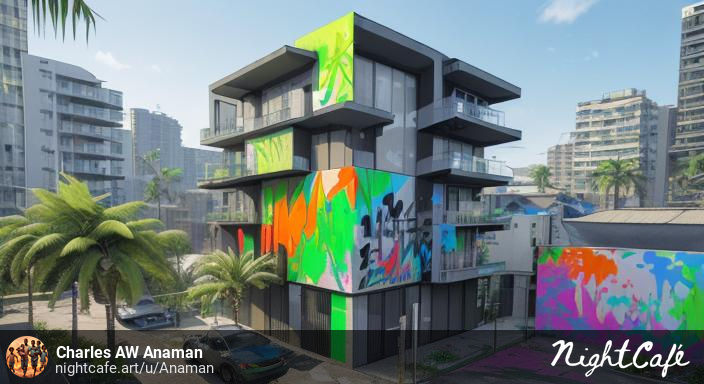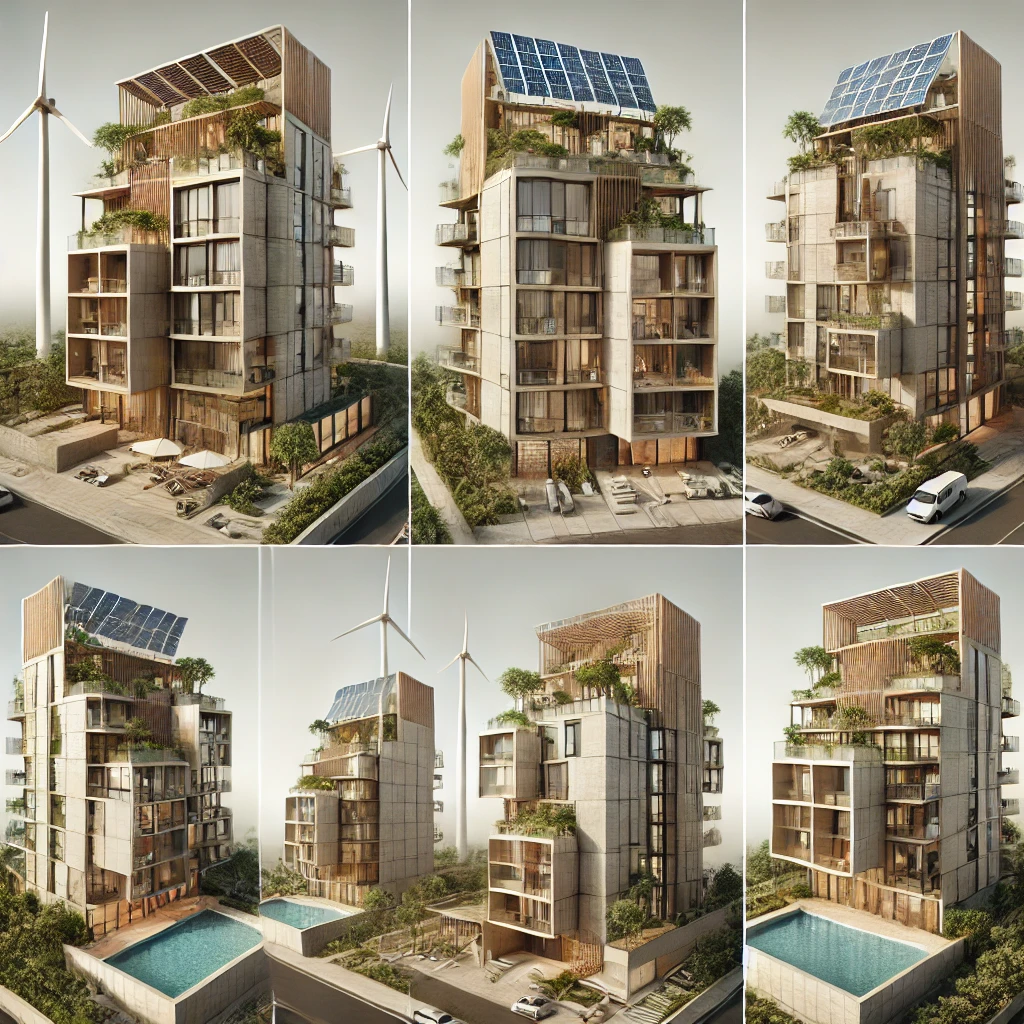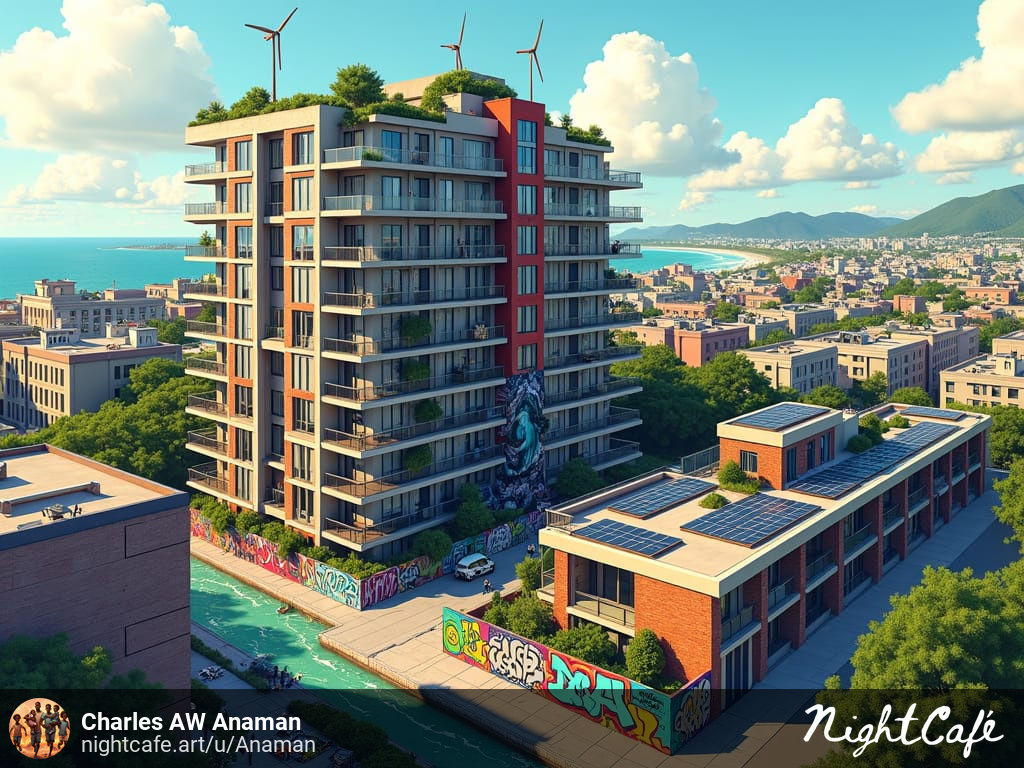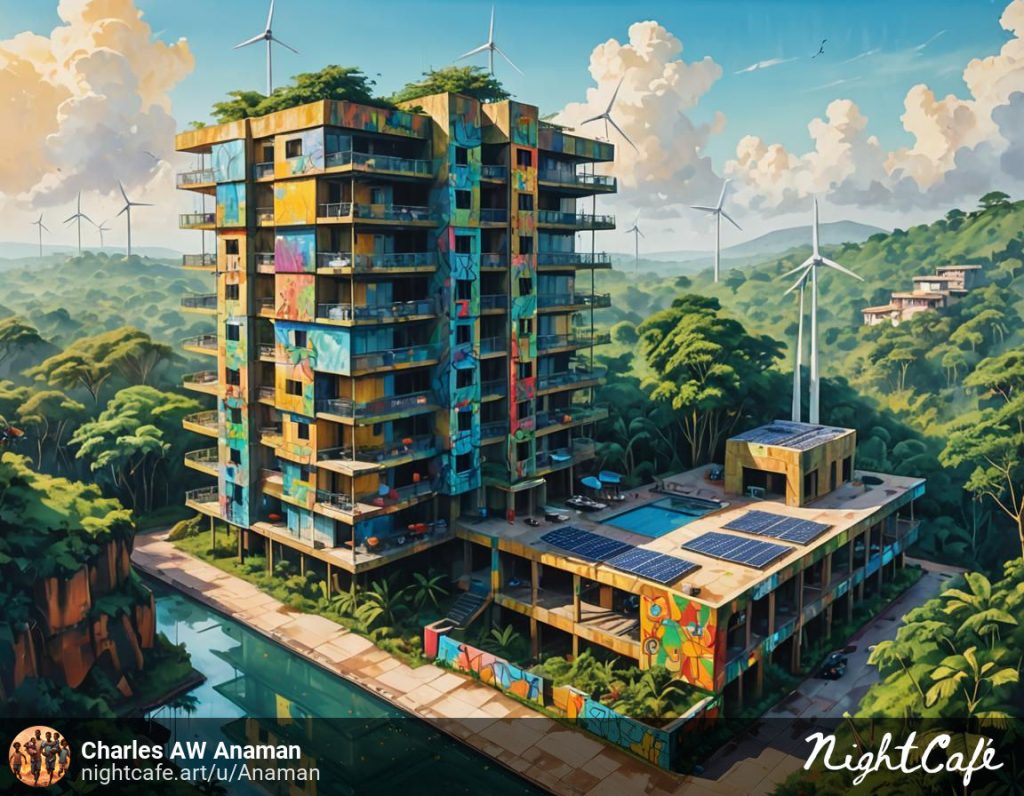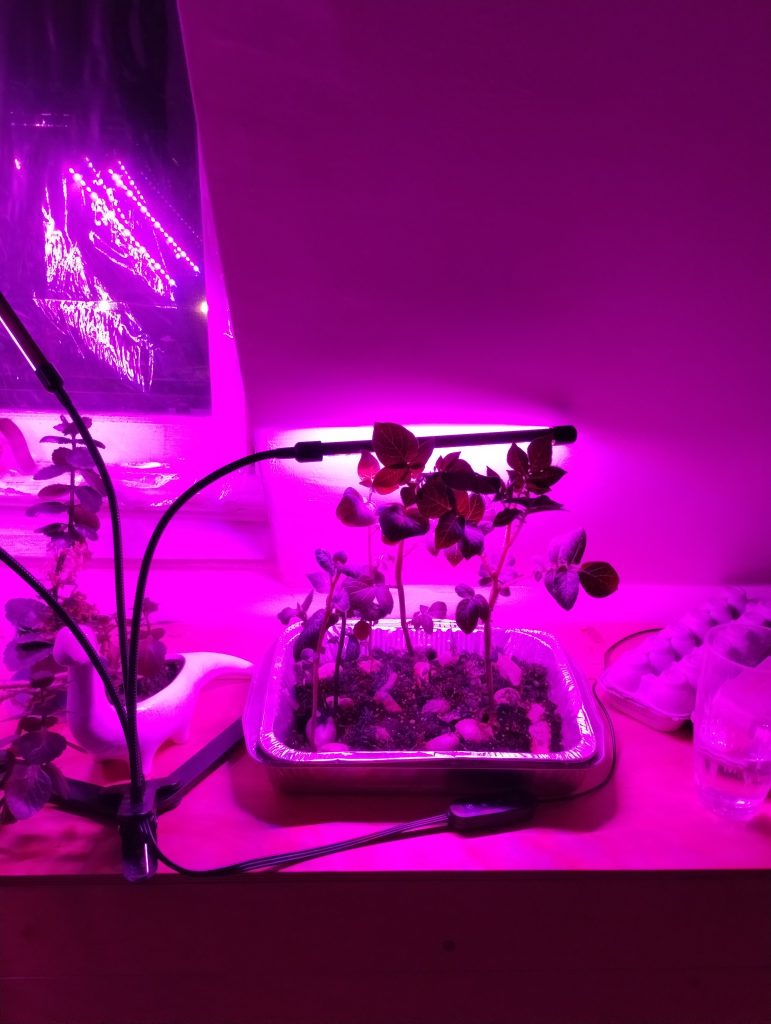Ah! But Why!??!??
Sustainability is a buzzword that has been thrown around a lot lately, but what does it really mean? It’s no secret that our planet is facing a multitude of environmental challenges, from climate change to dwindling natural resources. However, what if we could move beyond simply discussing the problem and take tangible steps towards a solution?
At our initiative, we believe that we can make a difference in the fight against climate change. We are a team of architects, engineers, geeks who love to experiment with great ideas and urban farmers who are working to create sustainable living solutions for the future. Our approach combines the best of green architecture, urban farming, and social connectedness to bring people together and tackle the issue of sustainability head-on.
These solutions are needed very badly on a global scale, not just in Africa. From Wisconsin to Tanzania, India, and in Nigeria food supplies are imported thousands of miles to supply the needs of the communities wwho have lost their access to local supplies along with diminished access to clean local water.
Our flagship project is a vertical farm and residential/commercial space initiative. Vertical farming is an innovative technique that allows us to grow crops indoors using a fraction of the water and land required by traditional agriculture. By utilizing hydroponic systems, LED lighting, and other cutting-edge technologies, we can produce high-quality, fresh food right in the heart of the city.

Vertical farming is an innovative and sustainable method of agriculture that has gained increasing attention in recent years. With the world’s population continuing to grow, the need for sustainable food production is becoming more pressing. However, vertical farming offers more than just a solution to food production. It can also help to clean local water supplies by filtering the water that can be pumped to the top and filtered through the soil on its way back down to the ground while passing through all the levels of soil that treat the water in stages. In this article, we will explore the ways in which vertical farms can help clean local water supplies and why it is essential to do so.
First and foremost, it is important to understand the issue that needs to be addressed. Many local water supplies are polluted with a range of contaminants, including pesticides, fertilizers, and heavy metals. These pollutants can have detrimental effects on human health and the environment. For example, high levels of nitrates in drinking water can cause methemoglobinemia or “blue baby syndrome” in infants. Similarly, lead and other heavy metals can cause developmental delays and other health problems in children.
The traditional method of water treatment involves using chemicals such as chlorine to disinfect the water. While this method is effective in killing harmful bacteria and viruses, it is not very effective in removing pollutants such as pesticides and heavy metals. This is where vertical farming can play a crucial role.

Vertical farms are designed to be self-contained ecosystems that utilize hydroponic or aeroponic systems to grow crops in a controlled environment. These systems use significantly less water than traditional agriculture and can be designed to recycle and reuse water, reducing the need for freshwater. However, in addition to their water-saving benefits, vertical farms can also help to clean local water supplies.
The concept of using plants to filter water is not a new one. It is called phytoremediation, and it has been used for many years to clean up contaminated soils and water. Phytoremediation works by using plants to absorb and break down pollutants in the soil and water. The plants take up the pollutants and convert them into less harmful substances or store them in their tissues. This process can be enhanced in a vertical farm by designing the farm in such a way that the water is pumped to the top and filtered through the soil on its way back down to the ground while passing through all the levels of soil that treat the water in stages.
In a vertical farm, plants are grown in a soilless medium, such as coconut coir, perlite, or rockwool. The plants are fed with nutrient-rich water that is pumped through the root system. As the water passes through the root system, it is absorbed by the plants, which use the nutrients they need for growth. However, any excess water and nutrients are collected and recirculated, reducing waste and saving water.
In a vertical farm designed for water treatment, the water is pumped to the top of the farm and filtered through the soil on its way back down to the ground. This process is called a recirculating aquaponic system. The water passes through all the levels of soil, which treat the water in stages. The first stage is the top layer of soil, which contains plants that absorb excess nutrients and break down pollutants such as pesticides and herbicides. The second stage is the middle layer of soil, which contains plants that absorb heavy metals such as lead and cadmium. The final stage is the bottom layer of soil, which acts as a filter and removes any remaining pollutants before the water is recirculated.
The benefits of using a vertical farm for water treatment are numerous. Firstly, it is a sustainable and cost-effective solution. Vertical farms require less water than traditional agriculture, and they can be designed to recirculate and reuse water, and sending any excess back to the environment. Extra water collected from natural events like rain can be allowed to enter the system and slow down surface runoff through holding tanks distributed throughout the structure in connected tanks that distribute the weight of the water without pumps using gravity.
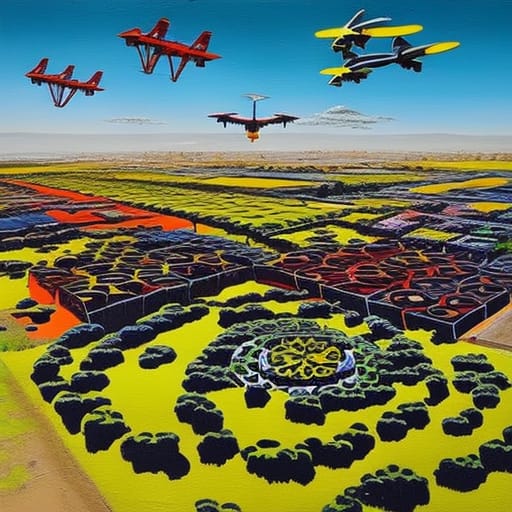
In addition to providing sustainable food sources, our vertical farm is also designed to be a community hub. We want to bring people of all ages together to learn about sustainability, healthy eating, and the importance of environmental stewardship. Through workshops, classes, and community events, we hope to foster a sense of connection and empowerment among our users.
But our initiative doesn’t stop there. We are also working to create sustainable residential and commercial spaces that prioritize green architecture and energy efficiency. From solar panels to rainwater harvesting systems, we are committed to reducing carbon emissions and promoting sustainable living practices.
We believe that our approach can not only help mitigate the effects of climate change but also improve the quality of life and mental health for users. By creating vibrant, sustainable communities, we hope to inspire a new generation of environmental stewards and create a future where sustainability is the norm.

We invite you to join us on this mission. Whether you’re a student, a professional, or simply someone who cares about the environment, there is a place for you in our community. Together, we can create a more sustainable future for ourselves and for generations to come…. still just scratching the surface.

